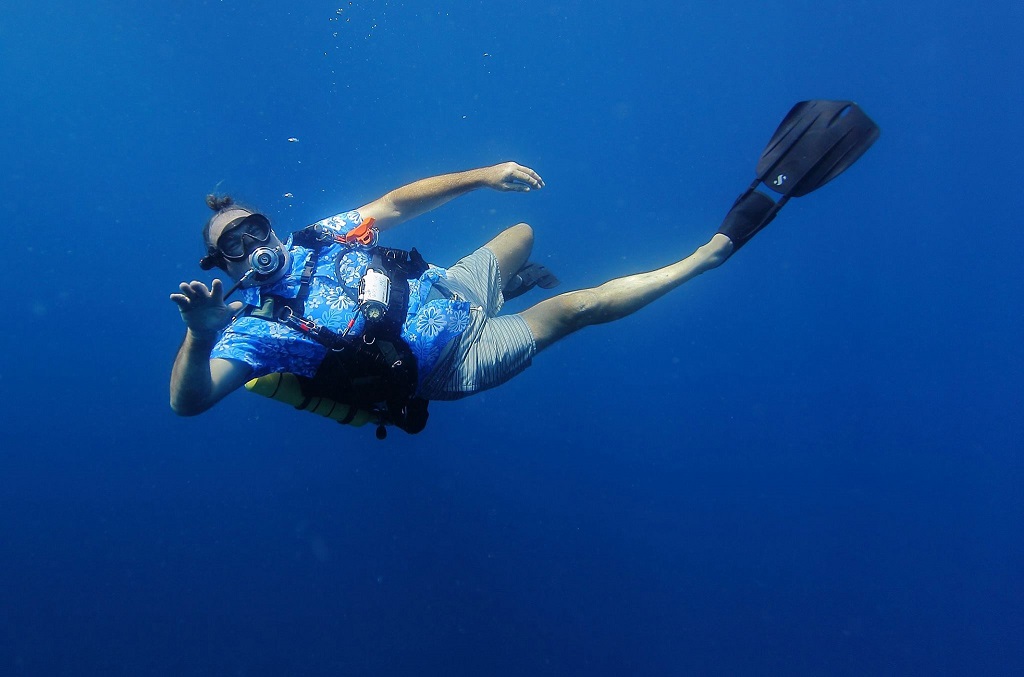I earlier stated I think the valve should be fully open for a pony bottle because of the possibility of immediate need and other reasons I gave. But a valve that is neither fully open or fully closed could restrict breathing and in the emergency it would be very easy to close the partially open valve rather than open it compounding the emergency. I undertand your thinking in an attempt to pressurize the regulator but you are setting yourself up for disaster with it partly open with no real positives. I would rather you close the valve, at least then as you struggle with it to open it you will know which way to go, maybe! Aside from certain stage bottles, perhaps, your tank valves should be open and ready for use. That is an opinion but it is also more than an opinion, it is a standard practice.Could you please expand on your statement Nemrod. I detailed why I believed that it was an option... are they not valid?
James





